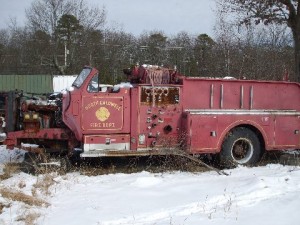
The Structure of Cloud Atlas
I see that the Wachowski brothers are making a movie from David Mitchell’s metafictiony novel Cloud Atlas. From PurpleRevolver:
Based on David Mitchell’s best-selling novel, Cloud Atlas is an epic story of humankind in which the actions and consequences of our lives impact one another throughout the past, present and future.
One soul is shaped from a murderer into a saviour and a single act of kindness ripples out for centuries to inspire a revolution.
The independently financed film will be co-directed and written by the directors/writers of the hugely successful Matrix trilogy, Andy and Lana Wachowski and Perfume director Tom Tykwer.
The guys who made the Matrix movies, which are all about Philip K. Dick-type reality-within-reality-within-reality self-referential story-systems, taking on Cloud Atlas seems to me perhaps a pretty good match (so long as there are no techno-orgy scenes). But the prospect still makes me a bit antsy. (Even setting aside the elephant-in-the room Keanu question.) Will they find the emotional heart to the heart of the story, or go for the whiz-bang-slo-mo-bullet-dodging effects?
Mitchell’s book, which I enjoyed, is structured like a matryoska doll. It’s got six or seven narratives, each written in a different style, that enclose each other like parens in a Lisp program. The first (and last) story is in an archaic faux Daniel Defoe style; it gets interrupted midway through, where the next story, an epistolary novelette told in letters written by a jaded modernist English composer and leech living in Belgium between WW1 and WW2 begins; that tale gets cut in the middle & succeeded by the first half of hard-boiled Raymond Chandler-style noir detective story. There’s also a far-future science fiction tale, a surreal Kafkaesque fable and one told in a kind of pidgin.
There are hundreds of reviews of Cloud Atlas out there on the net that will tell you all you want or don’t want to know about the near-virtuosic literary technique Mitchell employs (or shows off) in the service of his tale.
Below the fold, my David Mitchell Cloud Atlas problem. Continue reading




